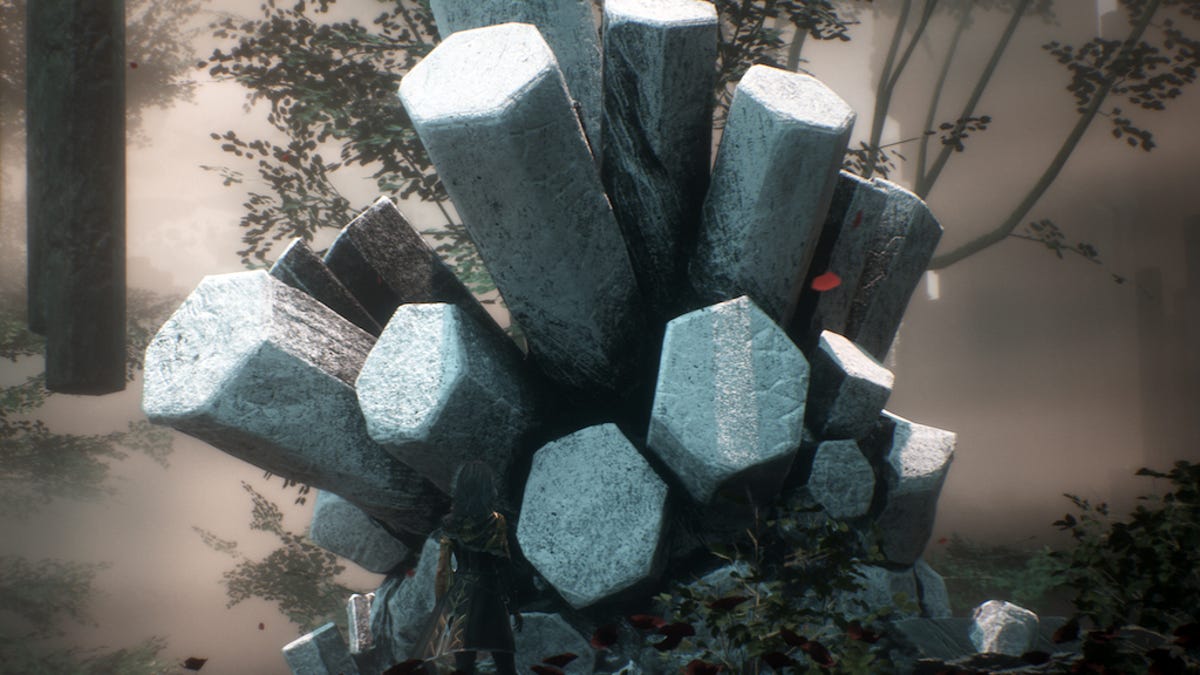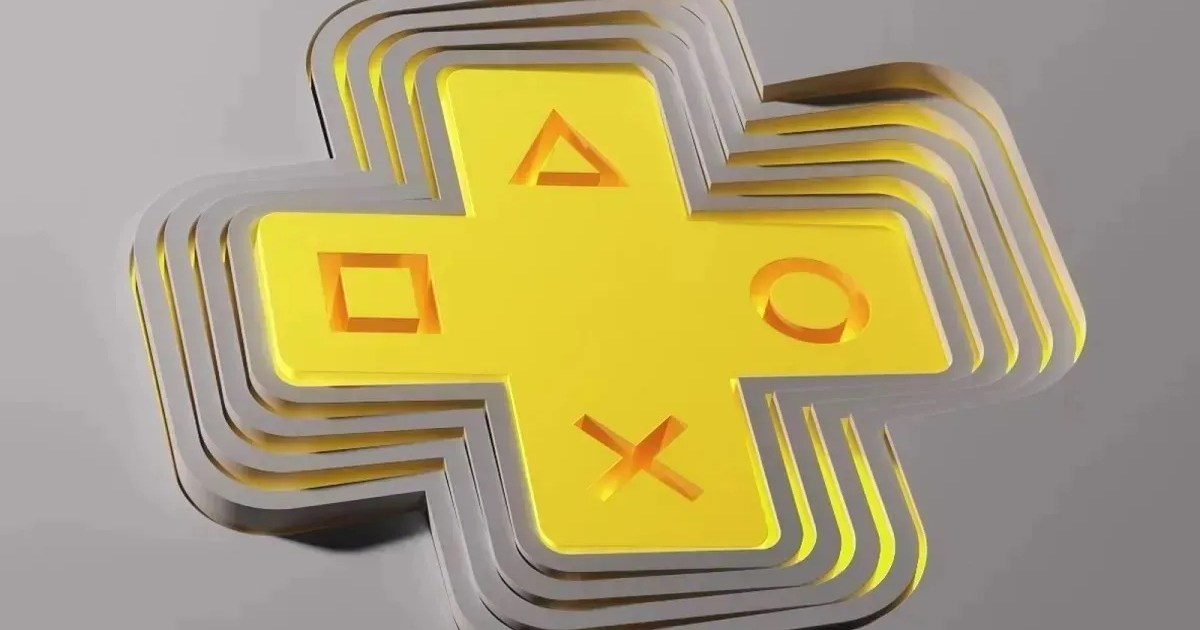LED Layer Makes Plywood Glow
Plywood is an interesting material: made up of many layers of thin wood plys, it can be built up into elegantly curved shapes. Do you need to limit it to …read more


Plywood is an interesting material: made up of many layers of thin wood plys, it can be built up into elegantly curved shapes. Do you need to limit it to just wood, though? [Zach of All Trades] has proved you do not, when he embedded a light guide, LEDs, microcontrollers and touch sensors into a quarter inch (about six millimeter) plywood layup in the video embedded below.
He’s using custom flexible PCBs, each hosting upto 3 LEDs and the low-cost PY32 microcontroller. The PY32 drives the RGB LEDs and handles capacitive touch sensing within the layup. In the video, he goes through his failed prototypes and what he learned: use epoxy, not wood glue, and while clear PET might be nice and bendy, acrylic is going to hold together better and cuts easier with a CO2 laser.
The wood was sourced from a couple of sources, but the easiest was apparently skateboard kits– skateboards are plywood, and there’s a market of people who DIY their decks. The vacuum bag setup [Zach] used looks like an essential tool to hold together the layers of wood and plastic as the epoxy cures. To make the bends work [Zach] needed a combination of soaking and steaming the maple, before putting it into a two-part 3D printed mold. The same mold bends the acrylic, which is pre-heated in an oven.
Ultimately it didn’t quite come together, but after some epoxy pour touch-up he’s left with a fun and decorative headphone stand. [Zach] has other projects in mind with this technique, and its got our brains percolating as well. Imagine incorporating strain gauges to drive the LEDs so you could see loading in real time, or a sound-reactive speaker housing. The sky’s the limit now that the technique is out there, and we look forward to see what people make of it.
The last time we heard from [Zach of All Trades] he was comparing ten cent micro-controllers; it looks like the PY32 came out on top. Oddly enough, this seems to be the first hack we have featuring it. If you’ve done something neat with ten cent micros (or more expensive ones) or know someone who did, don’t forget to let us know! We love tips. [Zach] sent in the tip about this video, and his reward is gratitude worth its weight in gold.




















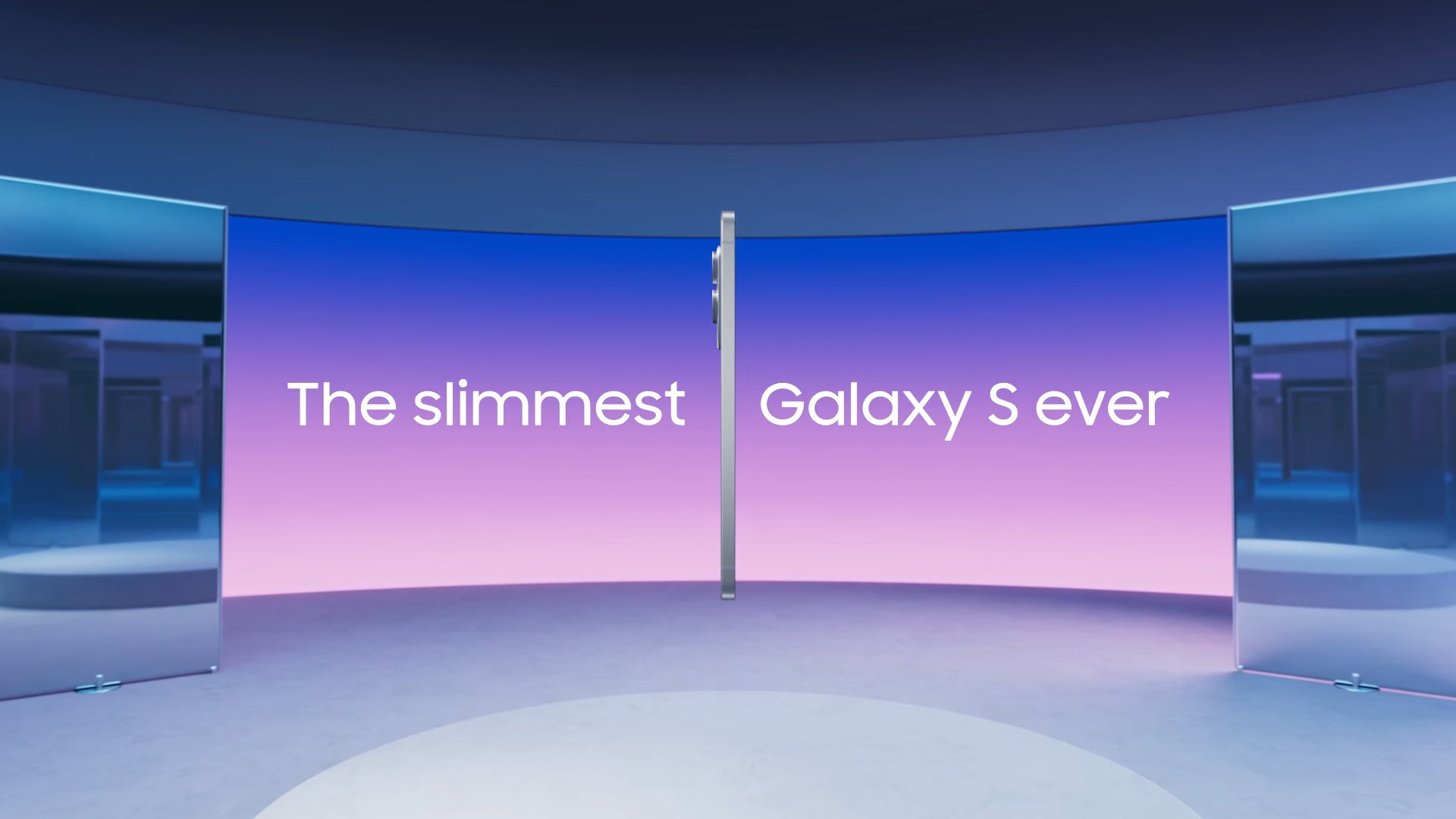


























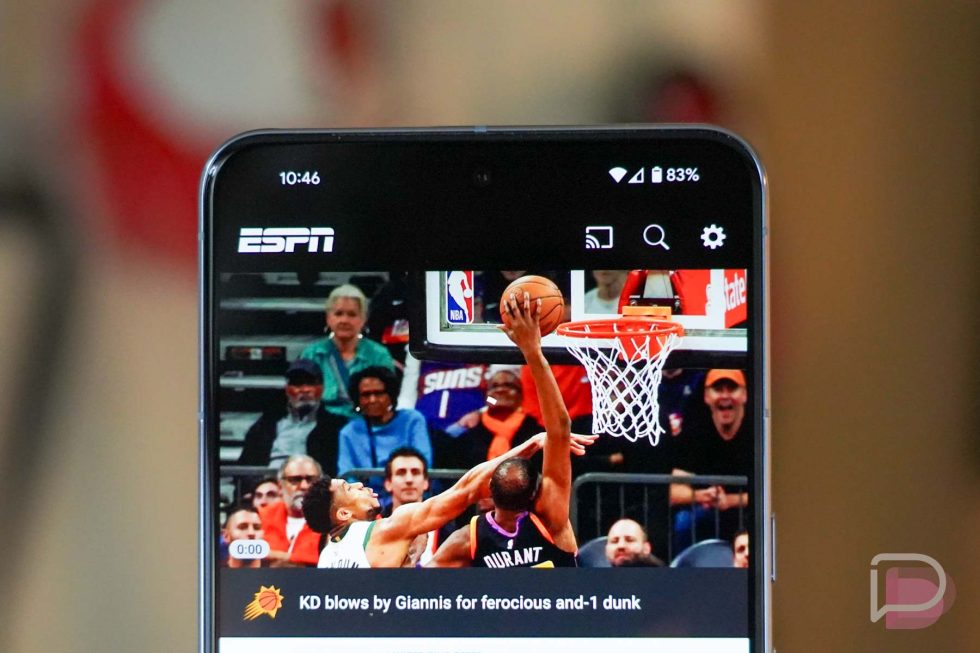









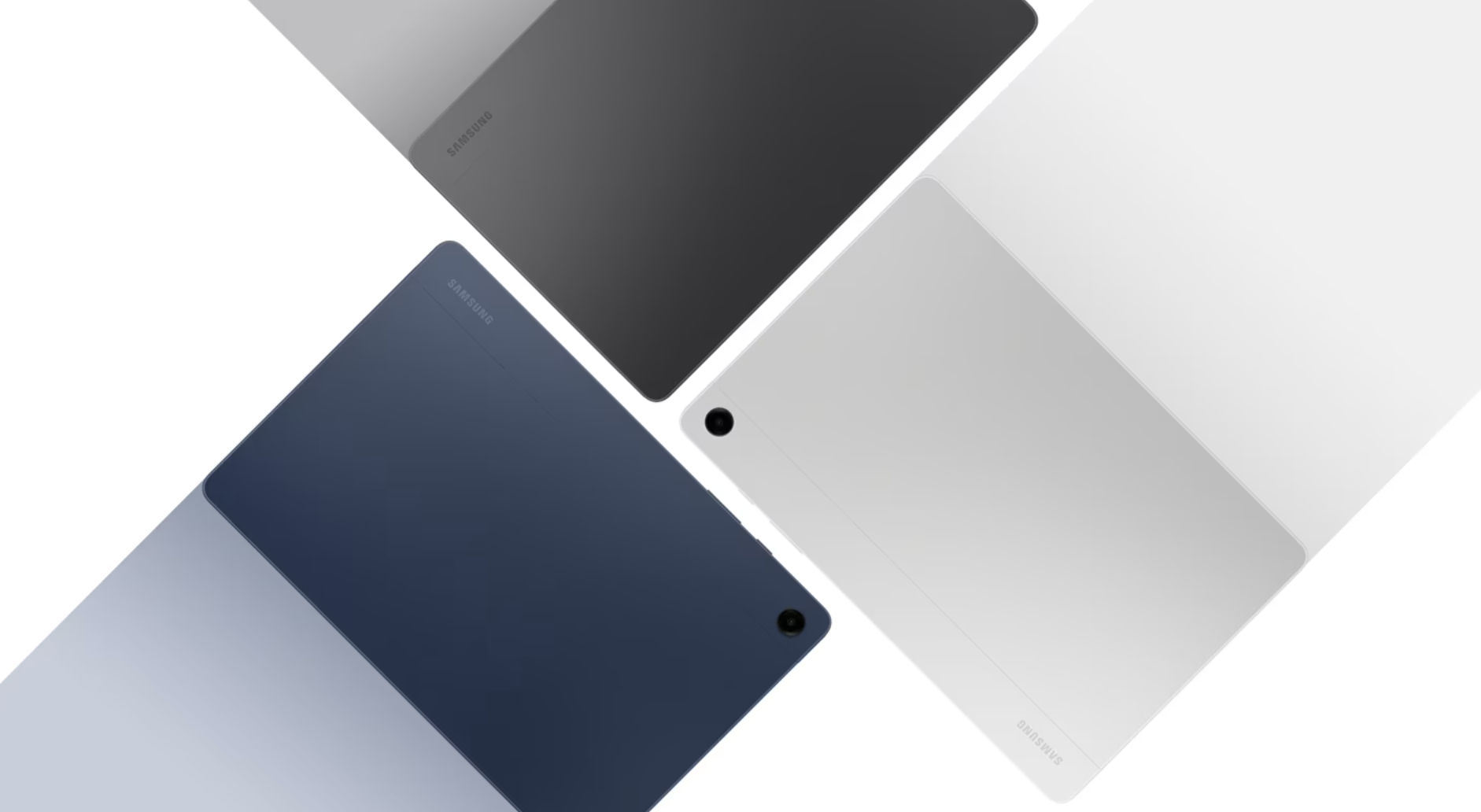


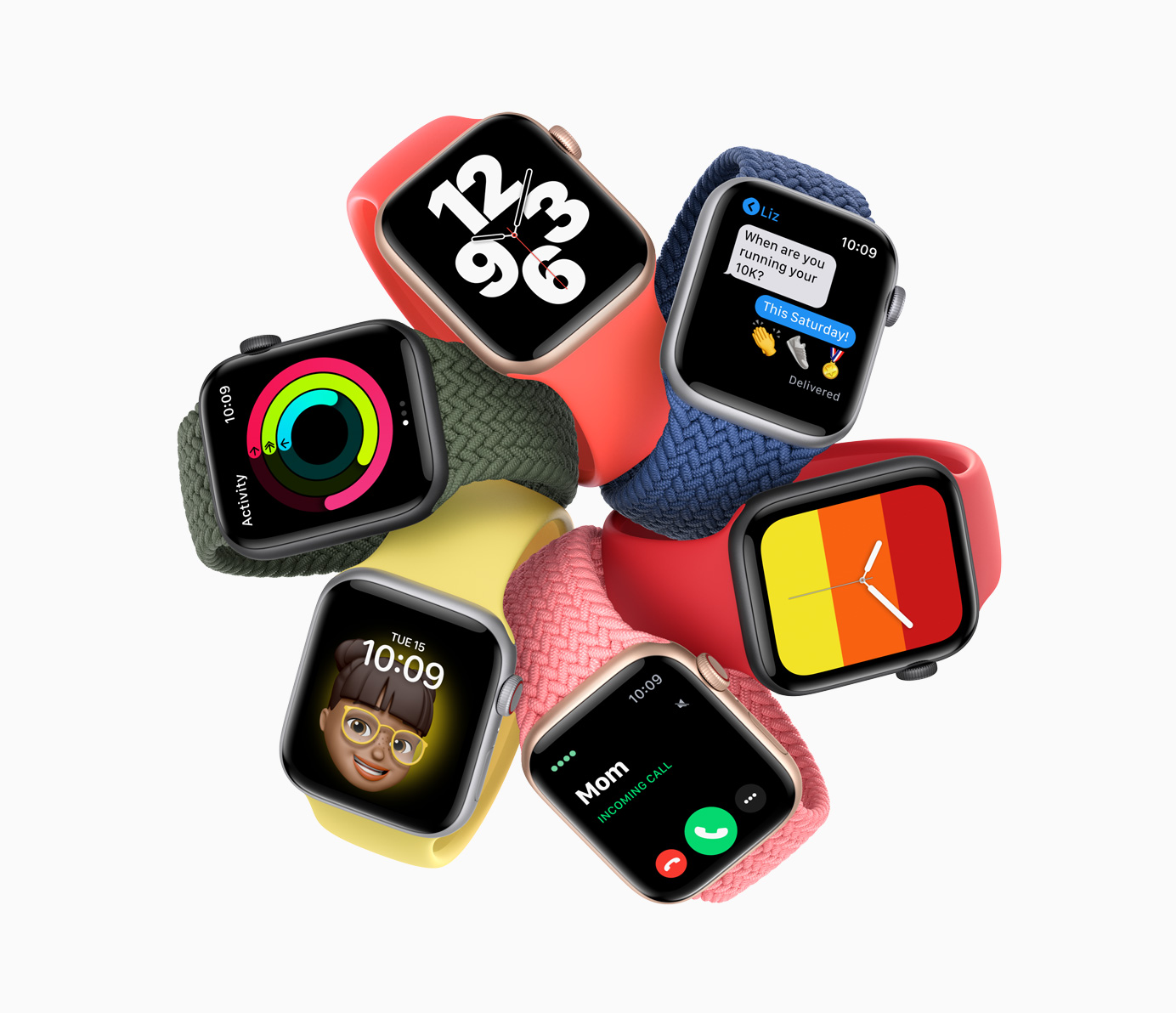













![Apple Planning Bezel-Free iPhone With 'Four-Sided Bending' Display [Report]](https://www.iclarified.com/images/news/97321/97321/97321-640.jpg)
![Apple's 20th Anniversary iPhone May Feature Bezel-Free Display, AI Memory, Silicon Anode Battery [Report]](https://www.iclarified.com/images/news/97323/97323/97323-640.jpg)
![Vision Pro May Soon Let You Scroll With Your Eyes [Report]](https://www.iclarified.com/images/news/97324/97324/97324-640.jpg)

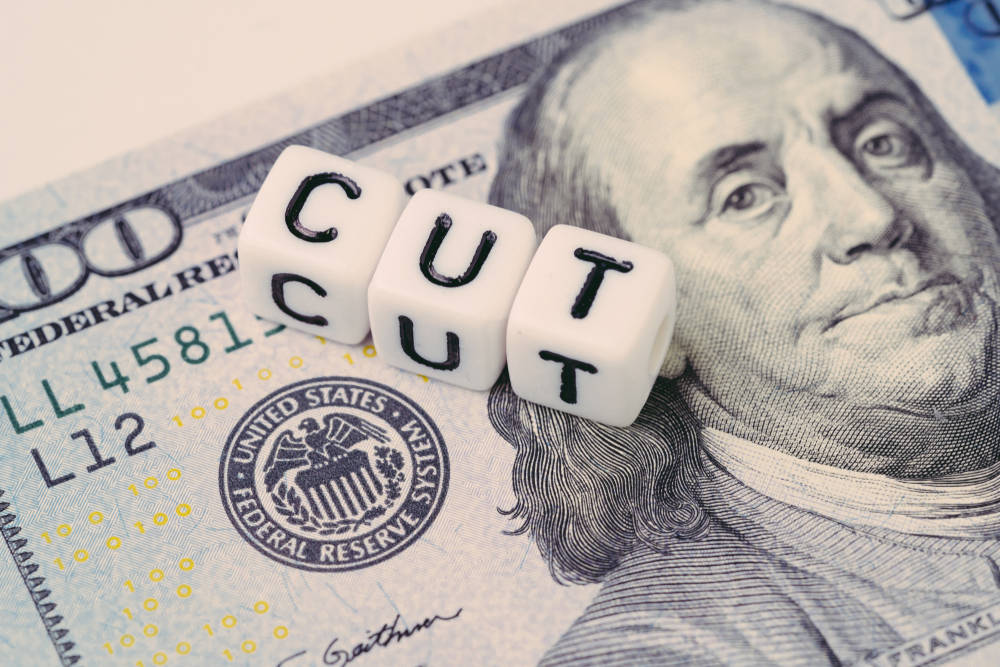















![Review: Sonnet MacCuff mini – a well-designed M4 Mac mini mount [Video]](https://i0.wp.com/9to5mac.com/wp-content/uploads/sites/6/2025/05/Sonnet-MacCuff-mini-2024-Mac-Review.jpg?resize=1200%2C628&quality=82&strip=all&ssl=1)

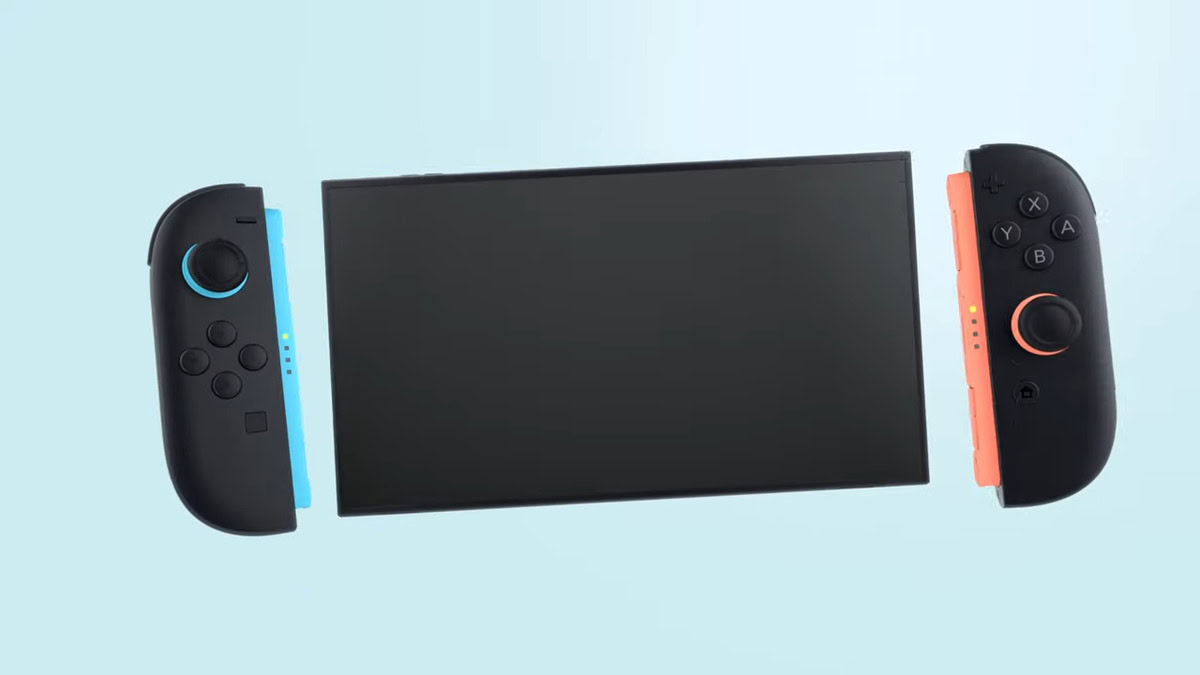



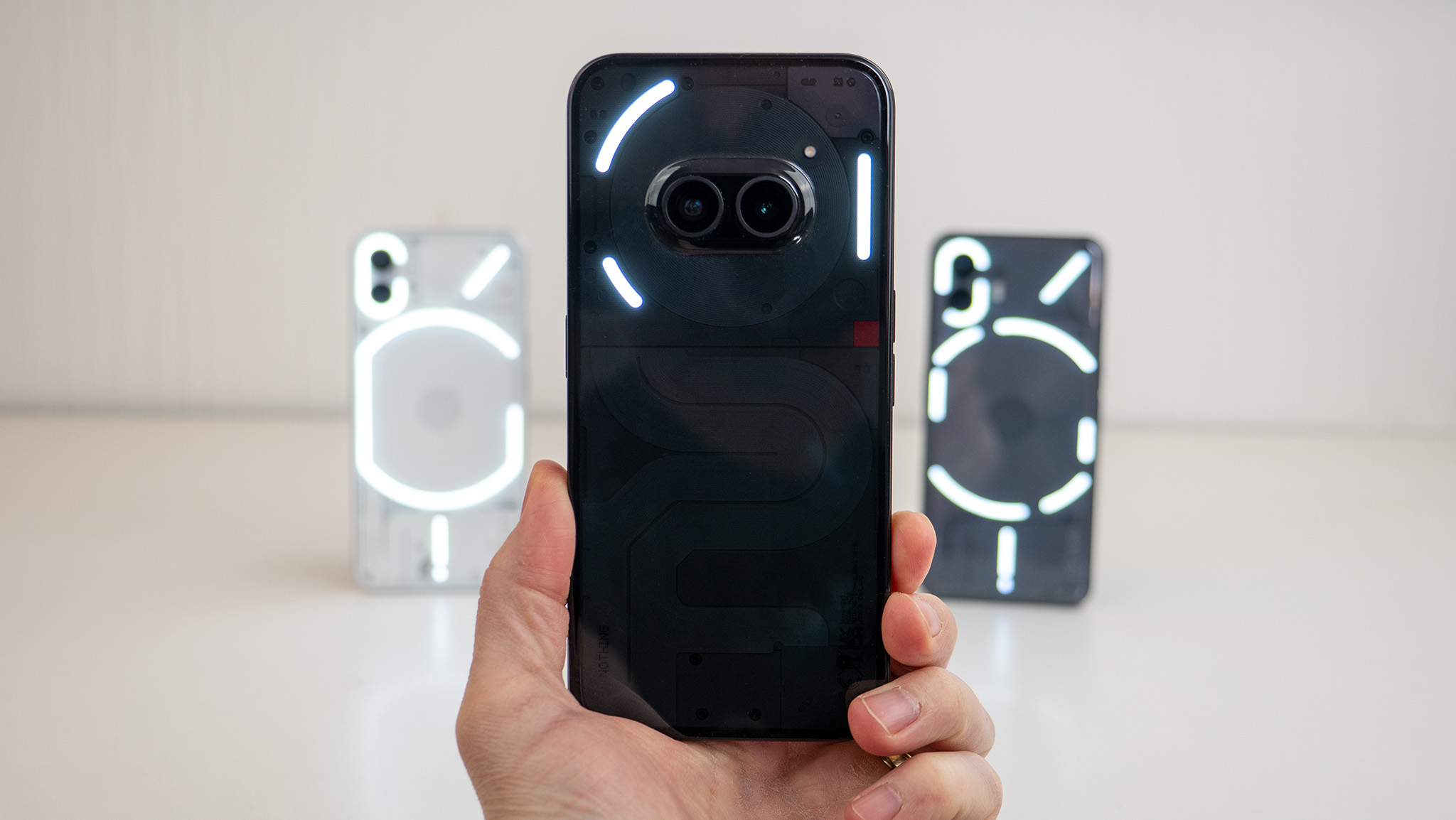
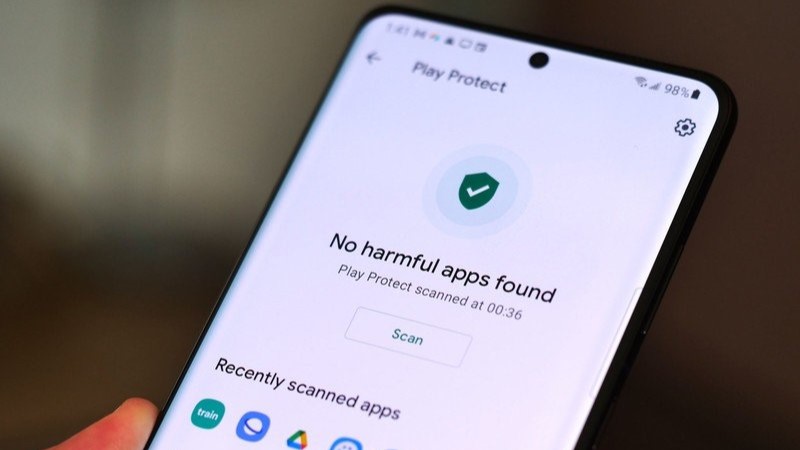
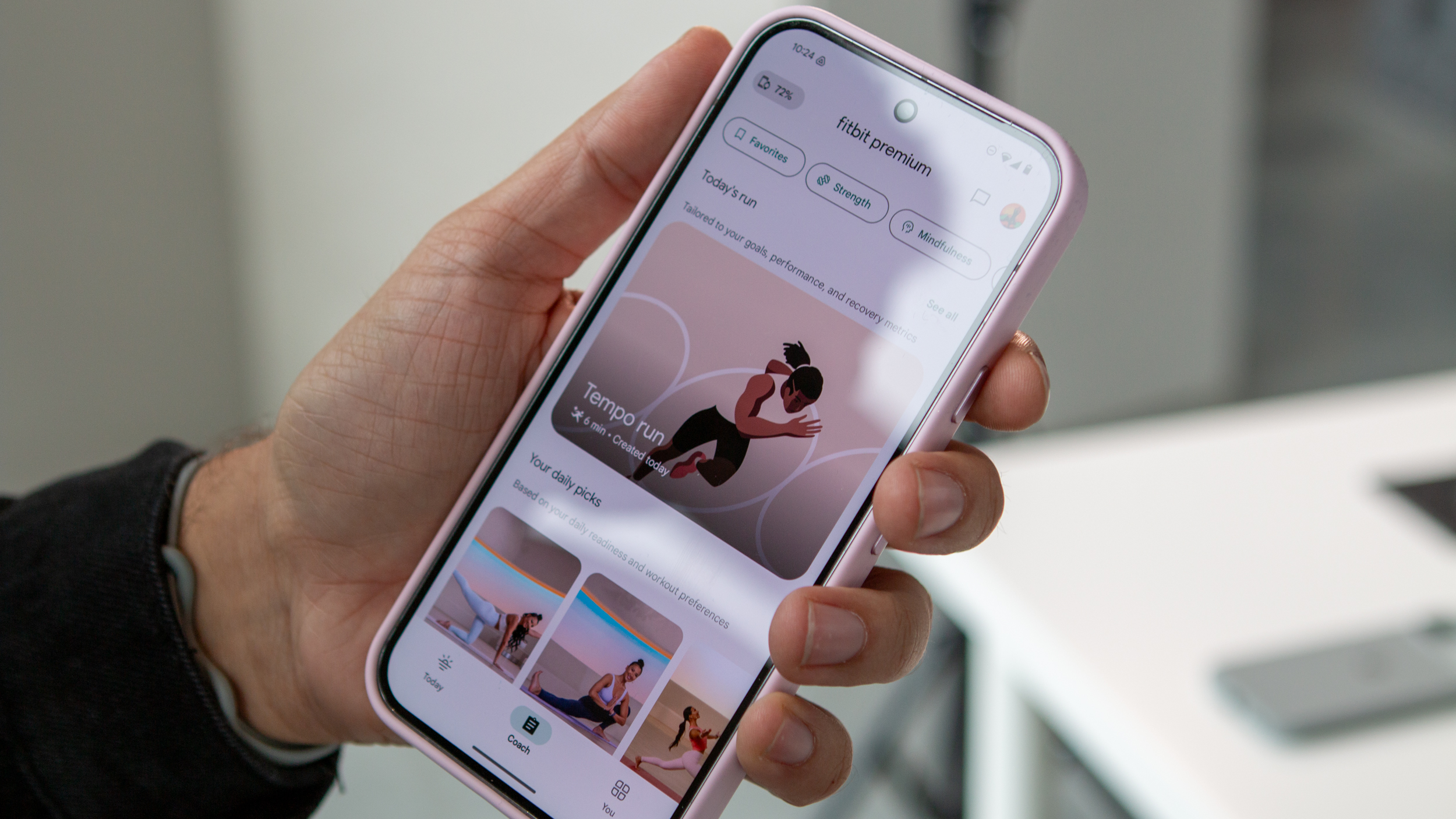

-xl.jpg)
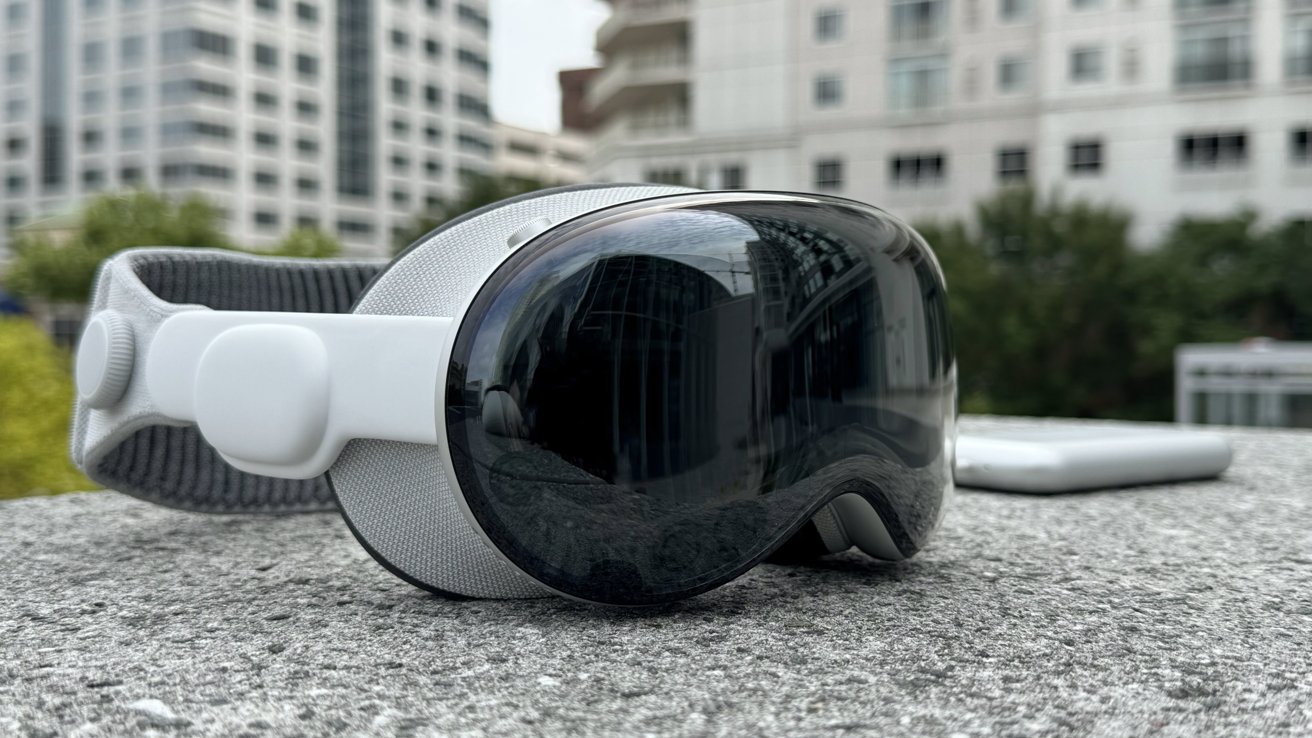



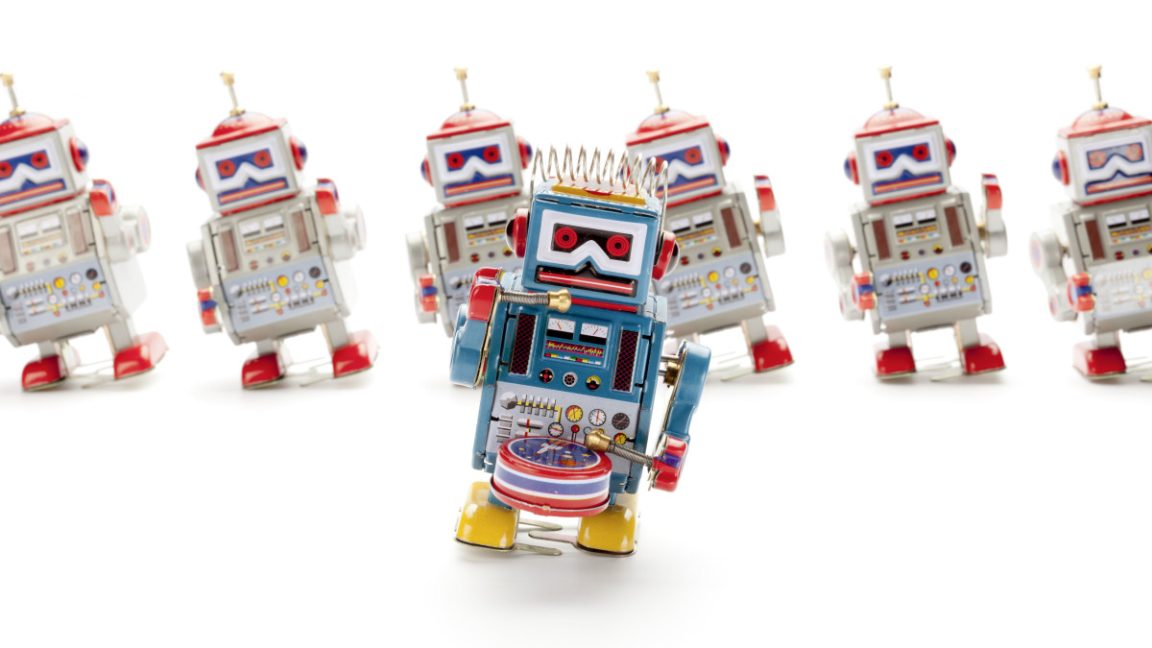




































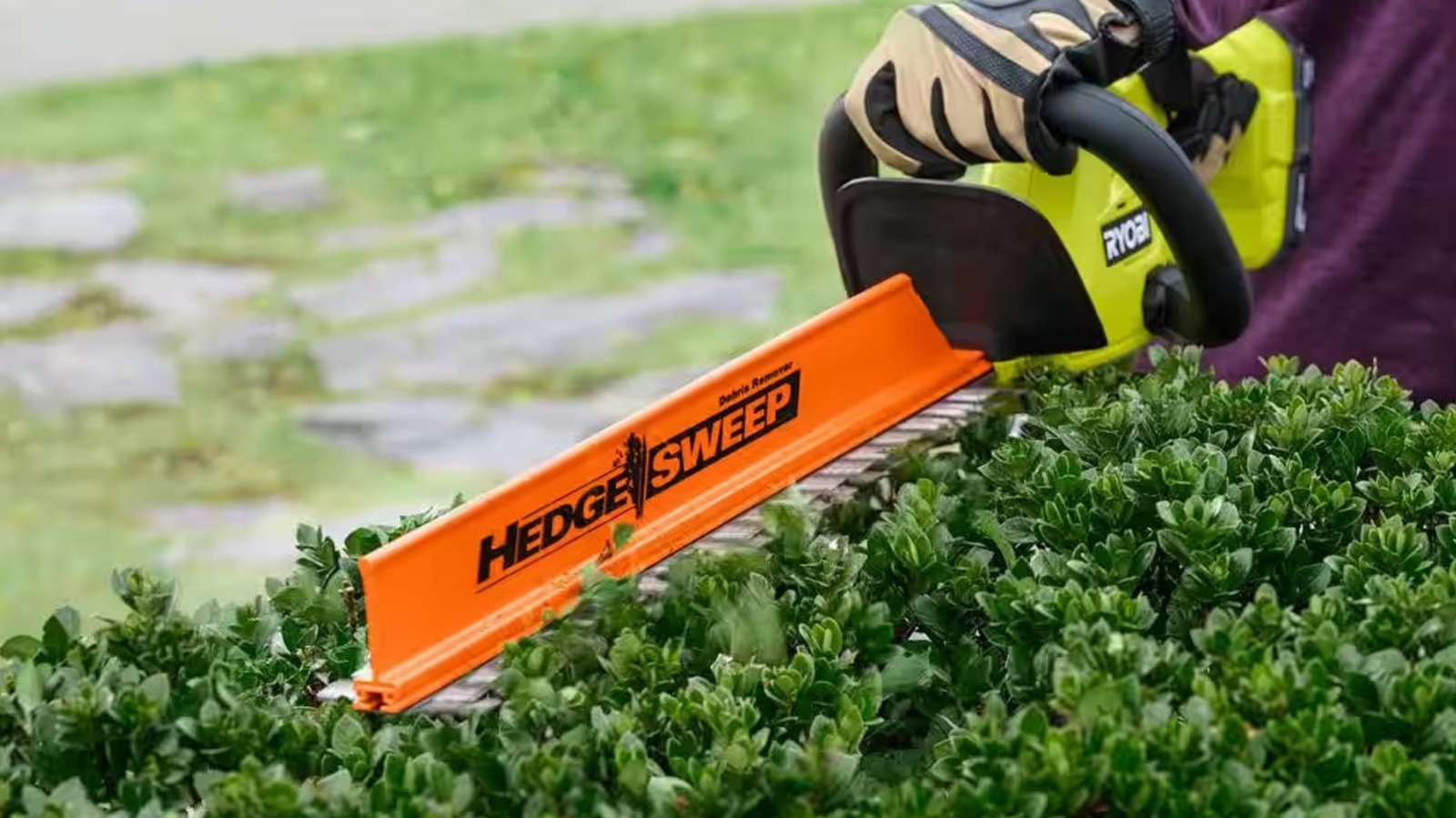












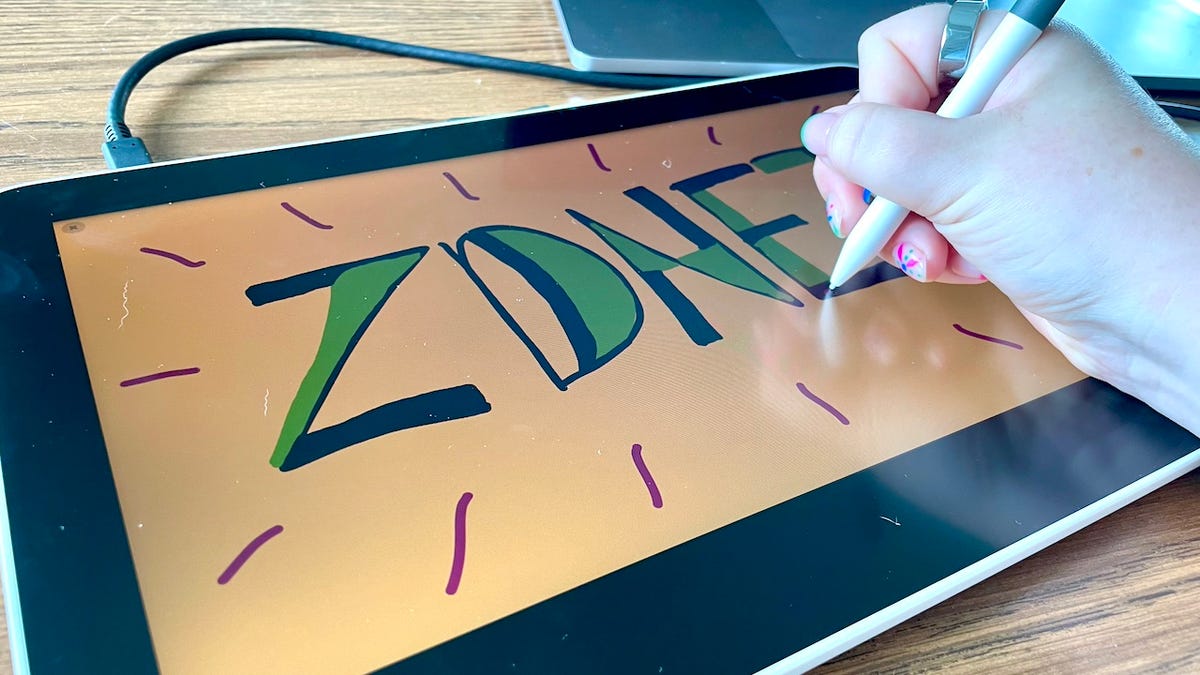






























_Gang_Liu_Alamy.jpg?width=1280&auto=webp&quality=80&disable=upscale#)





















































































































![[The AI Show Episode 147]: OpenAI Abandons For-Profit Plan, AI College Cheating Epidemic, Apple Says AI Will Replace Search Engines & HubSpot’s AI-First Scorecard](https://www.marketingaiinstitute.com/hubfs/ep%20147%20cover.png)
























![How to Enable Remote Access on Windows 10 [Allow RDP]](https://bigdataanalyticsnews.com/wp-content/uploads/2025/05/remote-access-windows.jpg)




















































































































































































